Archive
Newsletter Articles
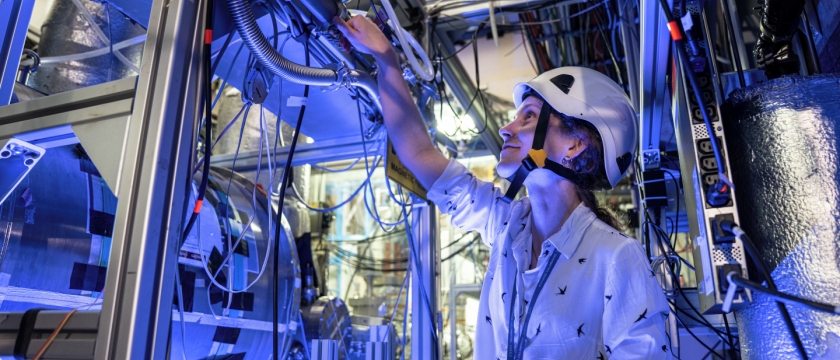
…
July 2025 - September 2025
BASE physicist Barbara Latacz in front of the experiment’s cryostat. This cylinder, which is kept at 4 kelvins (-269°C), houses the system of traps that cool and measure the antiprotons and a very strong magnet. (Image: CERN) In a significant…
Read MORE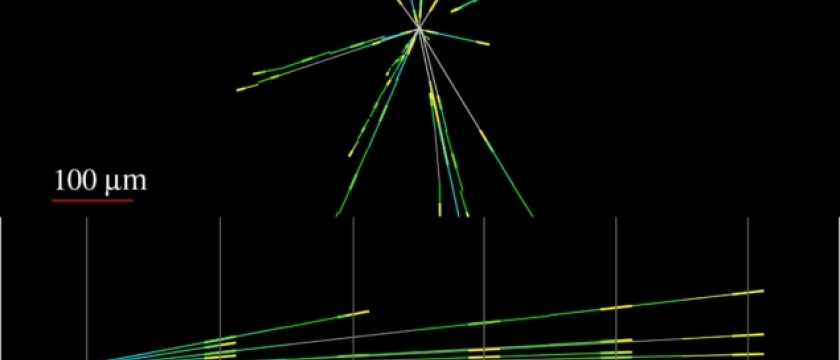
…
July 2025 - September 2025
Searches for new fundamental particles and interactions at hadron collider experiments such as the SPS, the TeVatron, and the LHC have traditionally focused on heavy and relatively strongly interacting states. The two general-purpose experiments of…
Read MORE
…
July 2025 - September 2025
For Phase-2, CMS DAQ will undergo a major increase of its capacities to match HL-LHC performance and the related CMS physics program. Compared to the present situation (Run3), the post-trigger data throughput will increase from 2 Tb/s today to 50 Tb…
Read MORE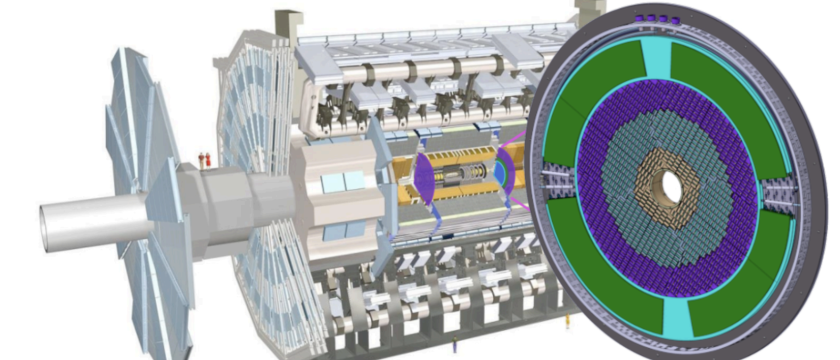
…
July 2025 - September 2025
Introduction Given the challenging conditions posed by the HL-LHC, ATLAS is currently in the process of constructing a novel precision-timing silicon detector, the High-Granularity Timing Detector (HGTD), which provides a time resolution of 30 to 50…
Read MORE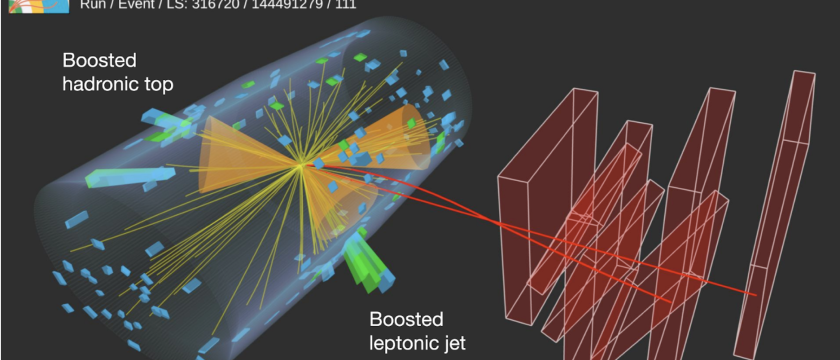
…
July 2025 - September 2025
It is rare for a theory to inspire as much experimental attention as supersymmetry has. CMS completed more than 40 SUSY searches in Run 2 alone, reflecting how compelling this framework remains in the quest for new physics. SUSY proposes that every…
Read MORE
…
July 2025 - September 2025
Traditional data taking workflows at the LHC experiments rely on a filtering step – called Level-1 trigger – that reduces the amount of data to a manageable level. The Level-1 trigger is implemented in hardware, takes only a few…
Read MORE
…
July 2025 - September 2025
Physics at the LHC often advances by pushing into regimes once thought unreachable. One such frontier is the precise study of top-anti-top quark pairs (tt̄) near the production threshold, where subtle quantum effects may leave their imprint. A few…
Read MORE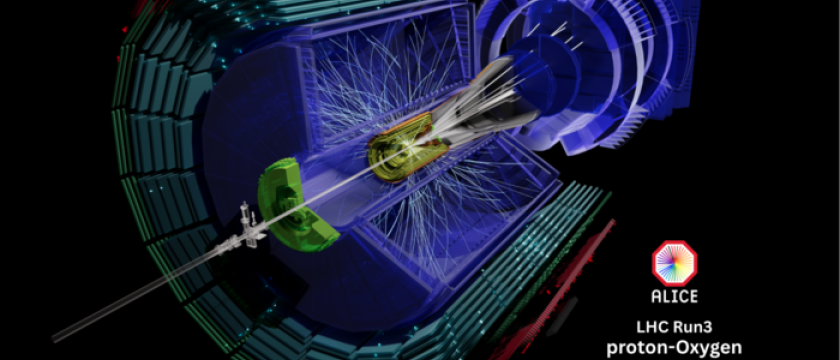
…
July 2025 - September 2025
In July 2025, the ALICE experiment took part in the LHC’s first-ever light-ion campaign, colliding oxygen–oxygen (O–O) and neon–neon (Ne–Ne) nuclei at a centre-of-mass energy of 5.36 TeV per nucleon pair. The short but intense runs offered a…
Read MORE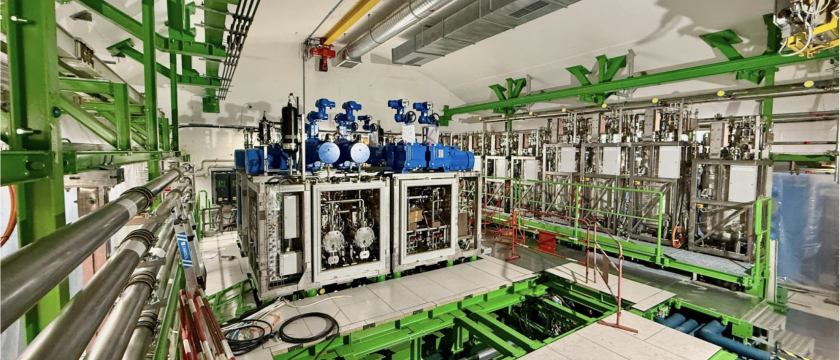
…
April 2025 - June 2025
Four CO2 cooling plants and accumulators in the service cavern of CMS in May 2025. (Photo by Jérôme Daguin) During recent shutdown periods, CERN engineers and technicians — in collaboration with the ATLAS and CMS teams — began installing the…
Read MORE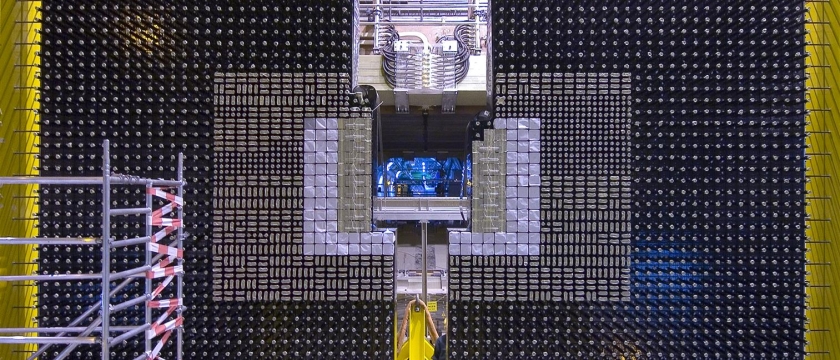
…
April 2025 - June 2025
The strategic R&D programme on technologies for future experiments by the CERN EP department is currently in its second phase from 2024 until 2028. Within this effort, Work Package (WP) 3 focusses on the development of calorimetry and light-…
Read MORE